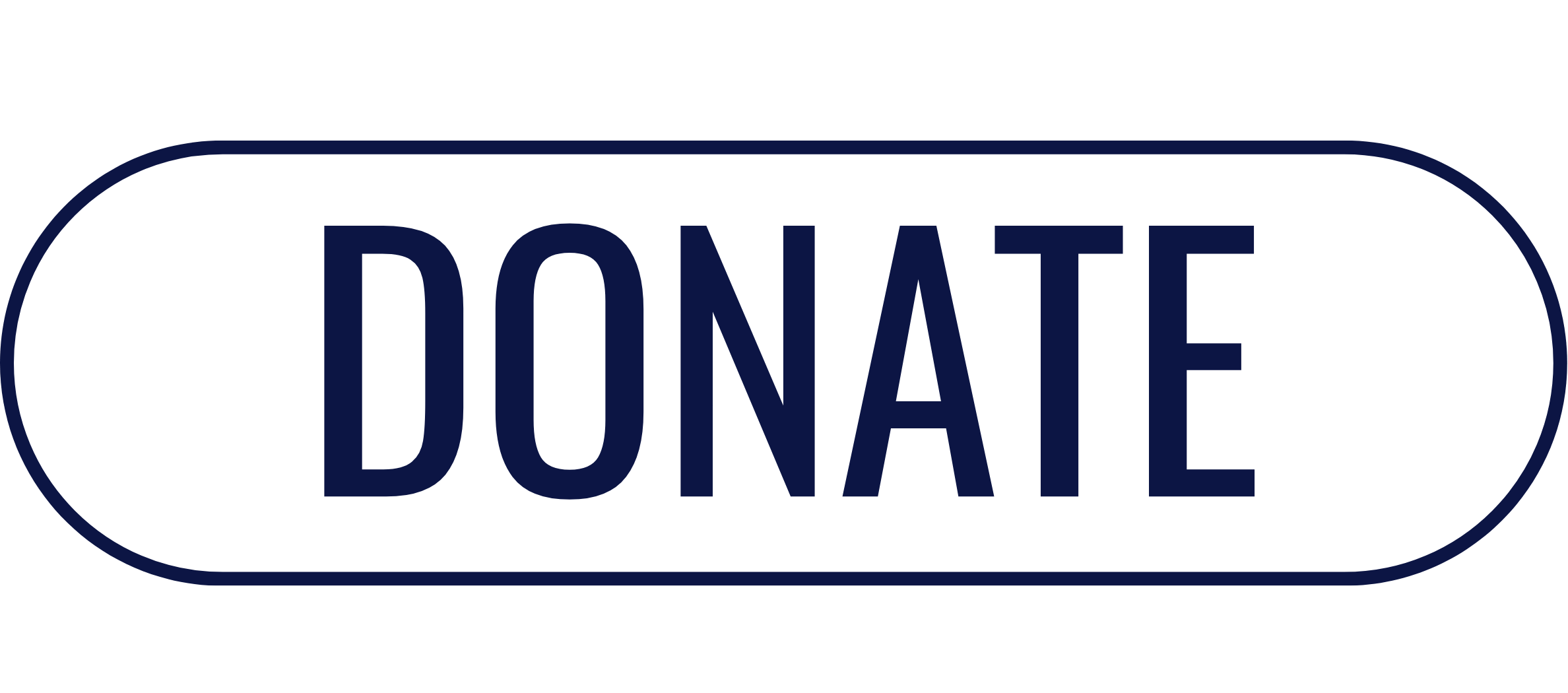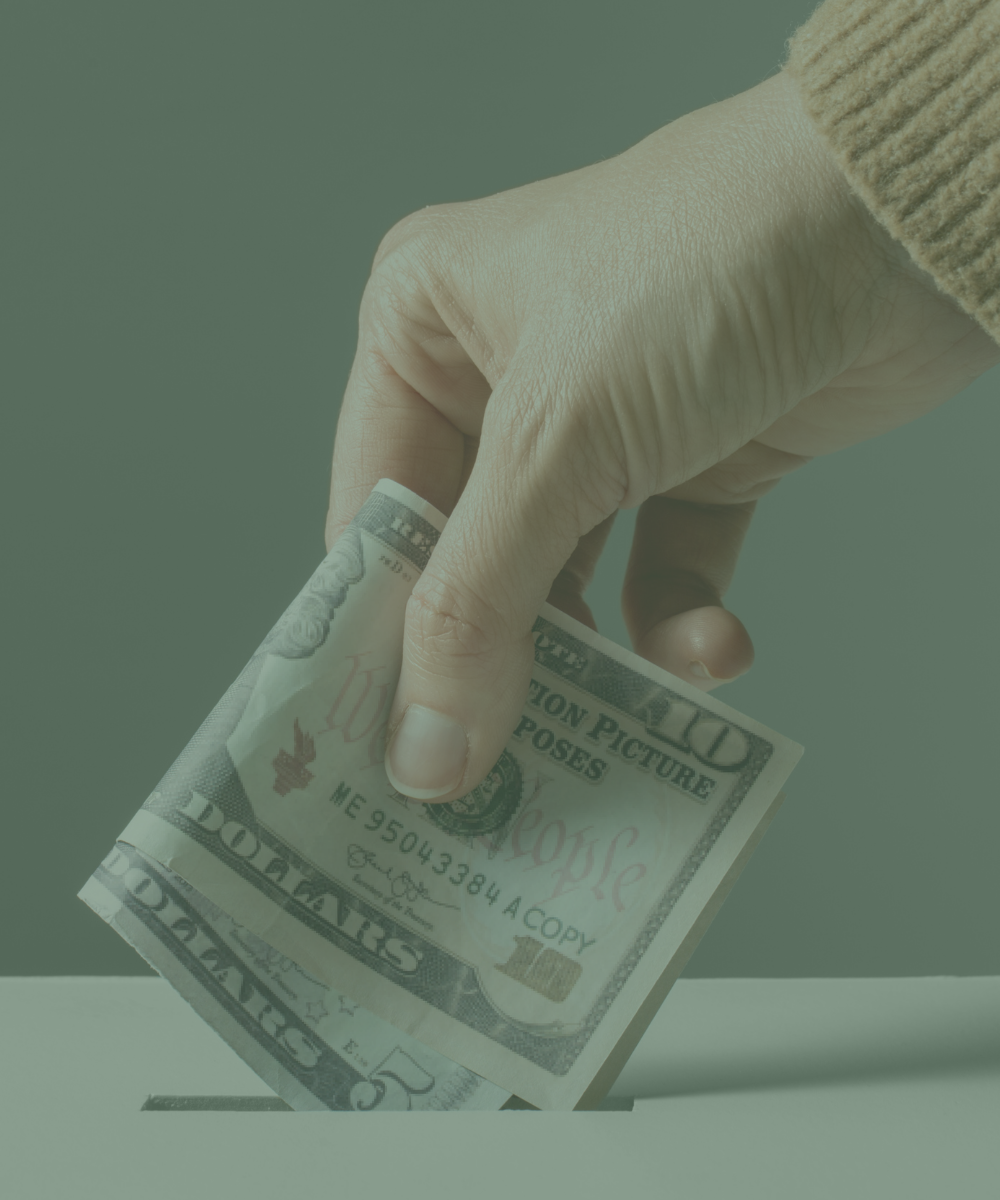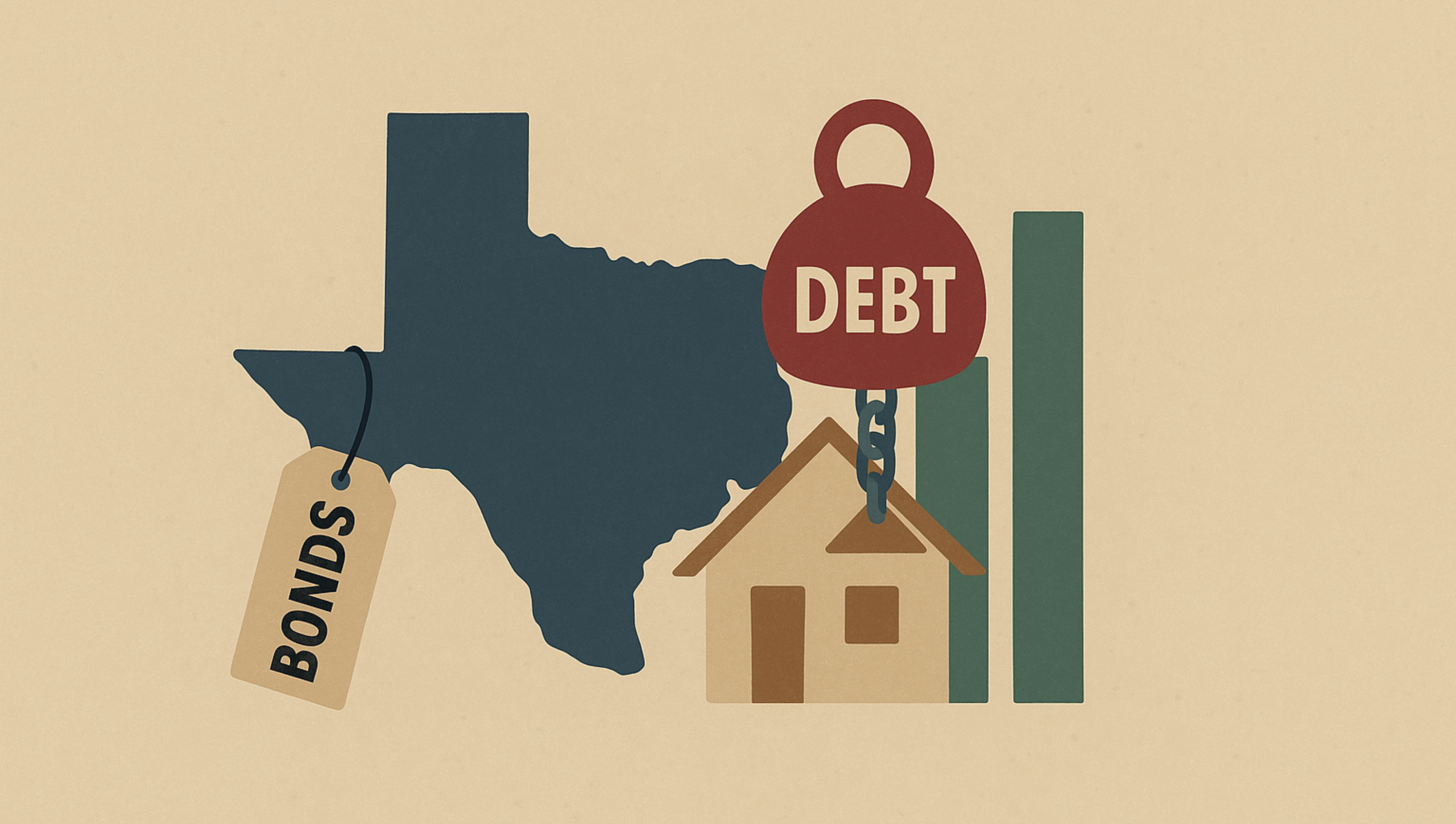Executive Summary
Gov. Greg Abbott recently signed property tax legislation passed this session by the Texas Legislature. Since then, quite a few Texas politicians have been claiming that the Legislature committed $50 billion or so property tax relief this session. However, quite a few politicians and taxpayers have also been asking where the $51 billion figure came from.
Lt. Gov. Dan Patrick back in January was the first politician to proclaim the Legislature was spending $51 billion on property tax relief. In the last few days, most have been claiming $50 billion. Whatever the number is, it seems to have come from the Texas’ Legislative Budget Board (LBB). It included the $51 billion figure in the initial version of Senate Bill 1, the state’s general appropriations bill and in a memo to a legislator.
In both cases, details about how they arrived at the dollar figures are lacking.
| Comparison of LBB Statements of Property Tax Relief Costs | Original/Projected Costs | 2025 LBB Memo | Difference |
| Cost of Prior Compression | $15,880,000,000 | $34,700,000,000 | $24,120,000,000 |
| Cost of Prior Homestead Exemptions | $6,390,000,000 | $9,800,000,000 | $3,410,000,000 |
| Cost of New Compression re: TEC | $2,607,100,000 | $2,600,000,000 | -$7,100,000 |
| Cost of New Relief (SB 4, SB 23, HB 9) | $4,143,605,138 | $3,900,000,000 | -$243,605,138 |
| Total | $29,020,705,138 | $51,000,000,000 | $21,979,294,862 |
Using previous estimates from the LBB, the chart above shows that the costs of property tax relief in the current budget should total $29 billion to $31 billion (see more below). This means that the LBB’s more recent $51 billion number is as much as $21.9 billion above its previous estimates. Yet the LBB and our Texas political leaders have made little effort to explain this gap.
There are two possible explanations for the gap: First, the $51 billion number is simply wrong. Second, the cost of maintaining prior property tax relief has doubled since 2019, 2021, and 2023 when the Legislature enacted the relief so that the original cost to the state for rate compression and the homestead exemption, $22.7 billion, now requires $45 billion to maintain.
If the latter is the case, the likely explanation is that the cost of maintaining past compression and homestead exemptions is more expensive because Texas politicians have allowed school districts and local governments to greatly increase local spending and property taxes.
This means Texans are not only having to pay higher property taxes to school districts and local government, but they are also having to pay school districts increasingly higher amounts through state taxes to maintain previous property tax relief. The total cost taxpayers have paid for the increased spending by school districts and local governments since 2019 is $56.7 billion. That is the number we should really be talking about.
Whether the politicians are pushing out fake news on property tax relief or they have failed to do their jobs to restrain runaway spending and property tax increases at the local level, Texans deserve transparency on this issue. We should get a complete explanation of how much money in the Texas budget is being spent on property tax relief and why Texas politicians cannot or will not do anything to stop the endless growth of school and local government spending we are forced to pay through property and state taxes each year.
Where Did the $51 Billion Figure Come From?
Here are two recent examples of the politicians claiming that the Legislature committed $50 billion toward property tax relief in the recently adopted 2026-27 Texas budget:
Where did they get the $50 billion figure? Lt. Gov. Dan Patrick made the first public statement claiming $51 billion in property tax relief spending on January 22:
It was about that time that rumors started floating around the Capitol that some legislators were getting weary of property tax relief, that it was getting in the way of their spending priorities. A story in the Houston Chronicle regurgitated this idea:
But as the debate picks up again, tax experts and some lawmakers caution that leaders might already be committing to unsustainable tax cuts — threatening public school funding and other essential services.
Given the $24 billion surplus that was available to the Texas Legislature this session that many grassroots Republicans were demanding to be fully used for property tax relief, it seems as if some politicians were using the $51 billion figure to make the case that only a limited amount of the surplus needed to be spent on tax relief.
Now, the $50 billion figure is being used to tell Texans what a fantastic job Texas politicians have done in providing them with property tax relief. However, conservative legislators and activists are asking whether $50 billion is accurate.
In response, Texas’ legislative leaders responded to this question yesterday with this graphic:
However, the graphic provides only limited details without referencing the specific provisions put into law since 2019 that are driving increased spending on public schools in the name of property tax relief. It also conflicts with previous statements from the LBB.
Rider 76 and the Legislative Budget Board’s February Memo Come Up Short
Rider 76 in the Texas Education Agency’s appropriations bill pattern (Article III) of the final appropriations bill, CCR SB 1, repeats the $51 billion figure and then explains a portion of where the costs from; I summarized the LBB’s explanation in the chart below:
| Source of Cost | Amount |
| Maintain Relief from 2023 | $3.500 billion |
| New Compression – TEC Sec. 48.2551 & 48.2552 (a)(b) | $1.840 billion |
| New Compression – TEC Sec. 48.2552 (c) | $0.767 billion |
| New Relief from Increasing the Homestead Exemption | $3.900 billion |
| Total | $10.007 billion |
Rider 76 accounts for only $10 billion of the $51 billion in stated costs.
In February, the LBB provided this more complete explanation of the $51 billion to a member of the Texas Legislature who asked about it. The LBB also affirmed its general accuracy this week, specifically the $51 billion total:
Let us examine these numbers from the bottom up.
Below is a chart showing the cost of all property tax relief taking effect in property tax year 2025. The total cost of these measures, according to the fiscal notes for the legislation and Rider 76, is $6.75 billion. This corresponds to the costs in the LBB’s chart above in the rows labeled (c), (d), and (e), which total $5.78 billion. The numbers of the two charts are close.
Next, let us examine the $9.8 billion the LBB says it will cost to maintain previous increases in school district homestead exemptions. We will compare that to the LBB’s statements on the cost in previous years. According to the 2021 fiscal note for SB 1 (87-3), the cost for 2026 is projected to be $436,603,746; we’ll double that for the biennium for a total cost of $873,207,492. Using the projected future costs in the 2023 fiscal note for SB 2 (88-2), we estimate the cost of maintaining the relief provided by the expanded homestead exemption for the 2026-27 to be $6.39 billion. That totals $6.8 billion for SB 1 and SB 2. The $9.8 billion cost the LBB provides in its chart above is 43% higher than the numbers they provided to the Legislature as recently as two years ago.
Finally, let us look at the $34.7 billion that the LBB claims in its chart is the cost for maintaining compression of school district tax rates. Section 18.115 of the general appropriations act for 2019, HB 1 (p. IX-113), says the cost of paying for compression in HB 3 (86R) for the 2020-21 biennium was $4.98 billion. In 2023, SB 2 (88-2) provided $5.6 billion for the 2024-25 biennium to pay for the cost of compressing property tax rates. Additionally, the LBB said the changes to the Texas Education Code in HB 3 added another $5.3 billion in compression costs (Fiscal SizeUp, p. 9). Thus, according to the LBB, the original total biennial cost for paying for compression of property tax rates totaled $10.58 billion. This is $24.1 billion less than the $34.7 billion cost the LBB now claims is needed to maintain compression.
| Comparison of LBB Statements of Property Tax Relief Costs | Original/Projected Costs | 2025 LBB Memo | Difference |
| Cost of Prior Compression | $15,880,000,000 | $34,700,000,000 | $24,120,000,000 |
| Cost of Prior Homestead Exemptions | $6,390,000,000 | $9,800,000,000 | $3,410,000,000 |
| Cost of New Compression re: TEC | $2,607,100,000 | $2,600,000,000 | -$7,100,000 |
| Cost of New Relief (SB 4, SB 23, HB 9) | $4,143,605,138 | $3,900,000,000 | -$243,605,138 |
| Total | $29,020,705,138 | $51,000,000,000 | $21,979,294,862 |
The chart above illustrates the problems with the LBB’s February memo. First it claims that it cost $44.5 billion to maintain the compression and increased homestead exemptions that originally cost $22.3 billion. Next, it claims that total property tax relief in the Texas budget is $51 billion. But that number is $22 billion, or 75%, higher than what the LBB has previously said about the cost.
However, we do have to make one adjustment to come to a final number.
In a January meeting of the Senate Finance Committee, Sen. Paul Bettencourt claimed that the 2023 $18 billion tax relief package had now become “a super record $22.7 billion” tax cut. That is not exactly true. Miscalculations by the LBB and a mistake by the Texas Education Agency did seem to increase the cost of the package to the state by $4.7 billion, but only $2.35 billion of that seems to have been passed through to school districts—and most importantly property owners—in the name of property tax relief. Yet even adding $2.35 billion to the chart above puts the original projected costs at $34.1 billion, $19.6 billion short of what the LBB claims for property tax relief its February memo.
Where’s the Beef?
There are two possible reasons for the $20 billion gap. One is that the LBB is wrong or is somehow manipulating the numbers.
The other possibility is that the cost of maintaining prior property tax relief has actually doubled since 2019, 2021, and 2023 when the relief was enacted.
In other words, the original cost to the state for rate compression and the homestead exemption, $22.7 billion, now requires $45 billion to maintain.
Whatever the reason is, the LBB and Texas politicians have so far refused to provide enough information so that we can with certainty determine where the $51 billion figure came from. And probably for good reason, at least in their minds. If the number is not accurate, they certainly do not want us to know that. If the number is accurate, they do not want to explain why it is accurate.
In the latter case, the most likely reason Texas politicians do not want us to know why it now costs $51 billion to pay for about $30 billion of property tax relief is because it is their fault. Their letting school districts and local governments run wild with local spending and raising property taxes since 2019 has likely made the cost of maintaining compression and homestead exemptions much more expensive.
The chart above shows that property tax revenue is up $23.6 billion, 37.4%, since the Legislature started its most recent efforts at property tax relief in 2019. And remember, in addition to that increase the Legislature has sent another $24.7 billion of taxpayer money to school districts in the name of property tax relief. That is a total cost to taxpayers of $48.3 billion from 2019 to 2024. This year’s property tax relief ($6.7 billion), plus a projected property tax increase of $1.7 billion (for the bills we will receive this fall), will add another $8.4 billion to the tally. This adds up to $56.7 billion.
That is the real figure we should be talking about: the $56.7 billion state and local tax burden the Legislature has imposed on Texans to pay for the increased cost of schools and local governments since 2019.
Conclusion
It could be that the higher level of property tax revenue results in more costs to the state to maintain prior relief efforts. Or there could be some other explanation. But we do not know that because Texas politicians will not explain the details behind the $50 billion (or $51 billion) figure they are touting.
Texans deserve a detailed and accurate explanation.
Texans for Fiscal Responsibility relies on the support of private donors across the Lone Star State in order to promote fiscal responsibility and pro-taxpayer government in Texas. Please consider supporting our efforts! Thank you!
Get The Fiscal Note, our free weekly roll-up on all the current events that could impact your wallet. Subscribe today!




